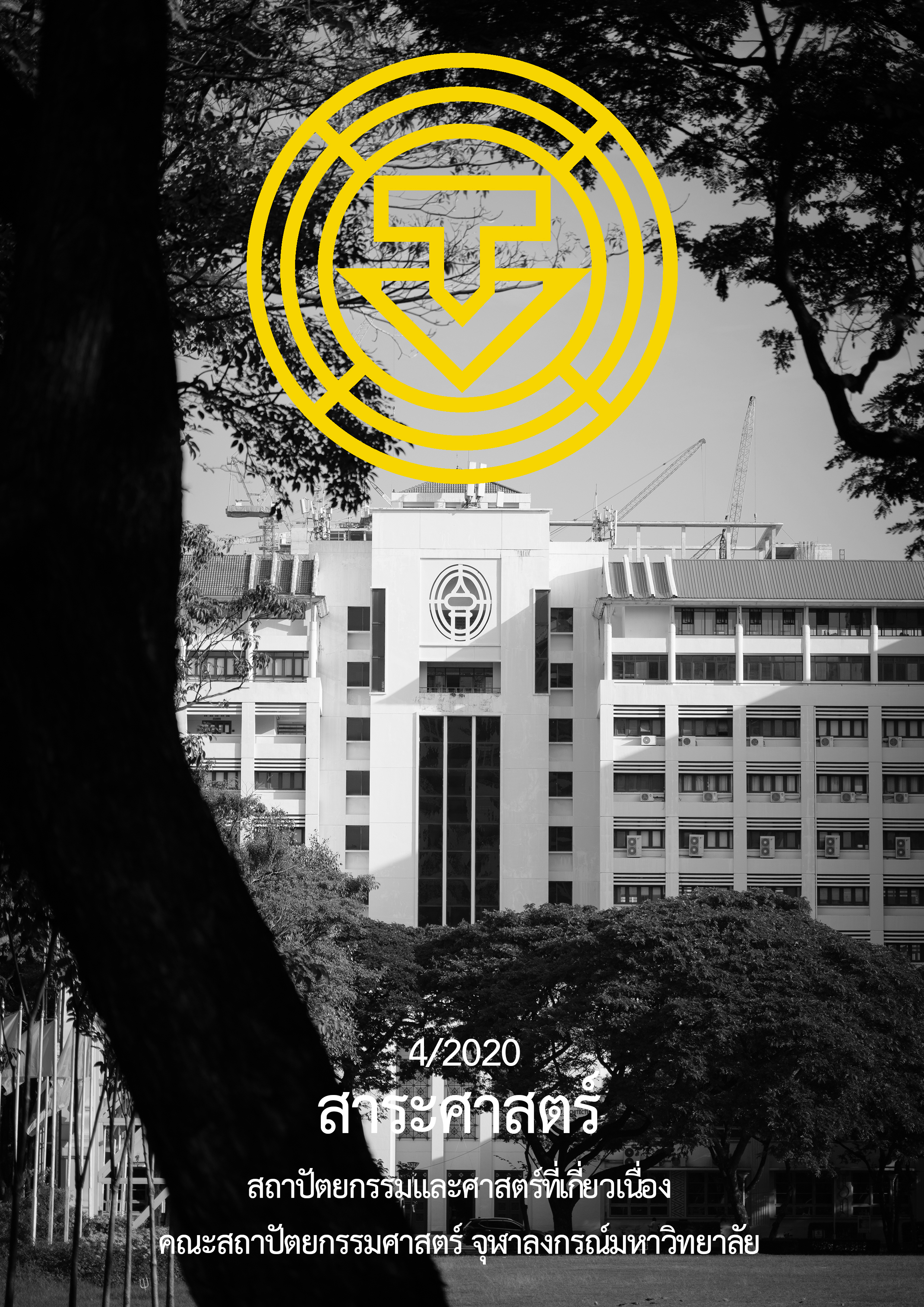Relationships between Housing and Workplace: A Case Study of the Ministry of Public Health, Nonthaburi
Main Article Content
Abstract
The Ministry of Public Health, Nonthaburi, is a large government agency. The area is about 400 Rais, consisting of 10 public health agencies, hospitals and other government agencies. Due to the fact that the land plot is large, there are many accessible ways to the place. There are also a variety of housing types with different price levels around the area. In addition, there are utilities and facilities that provide the people with convenience; therefore, this area is interesting. The researcher is interested in studying the people who work in the Ministry of Public Health, How do they choose housing locations and travel to such a workplace? The objective of this research is to study the characteristics and locations of residences. Traveling behavior for work including study the relationship between housing and workplace. The collection of a sampling unit is 367 samples. The questionnaire is used as a tool in this research.
The results showed that most of the people who work in the Ministry of Public Health area are females. They are between 25-29 years old, single; 37.7% and work for the Food and Drug Administration. Most of the samples work in the team of management and have 1-3 years of experience. The salary ranges between 18,001-21,000 Baht per month. Most of them live in Nonthaburi. Type of Houses are single houses or twin houses. However, the ownership is rental housing. The cost of housing is rent rather than purchase house and the rental prices is 2,501-3,000 Baht per month. They live with 2 people who are generally their parents. The main reason for all income groups in choosing their housing is convenient transportation. It takes 16-30 minutes commuting to work by private cars and no traveling companions. Another reason is that it’s not only convenient but also cheaper as the travel only costs 21-50 Baht per day. Opinions of the participants about the most expensive way to travel to work were gathered and half of them suppose that taking a taxi is most costly compared to other modes of transportation.
In terms of the relationships between housing and workplace, economic factors and travel factors correlated with the selection of housing location. Thus, all income groups have traveled 10 kilometers from the workplace. Meanwhile, low income employees who have salaries of 15,000-21,000 Baht is the group closest to the workplace. They choose a housing location that is convenient for commuting to work. This convenience considers the traffic and distance only and at the same time the cost and the time wasted. Practically, the area comes with complete facilities, so they choose to live close to work and to reduce the costs of housing and transportation more than wasting time traveling.
Article Details
References
กระทรวงสาธารณสุข. (2500). อนุสรณ์กระทรวงสาธารณสุขครบ 15 ปี พ.ศ. 2485-2500. พระนคร: โรงพิมพ์อุดม.
ธนัญชัย อภิวาทมงคล. (2552). ความสามารถในการจ่ายเพื่อการครอบครองที่อยู่อาศัยของผู้มีรายได้ปานกลาง กรณีศึกษาผู้ที่ทำงานในอาคารสำนักงานพื้นที่ถนนรัชดาภิเษก กรุงเทพมหานคร. (วิทยานิพนธ์ปริญญามหาบัณฑิต, จุฬาลงกรณ์มหาวิทยาลัย).
ธเนศ ขุมทรัพย์. (2549). ความสัมพันธ์ระหว่างค่าใช้จ่ายด้านที่อยู่อาศัย ค่าใช้จ่ายในการเดินทางเข้าสู่แหล่งงาน และที่ตั้งที่อยู่อาศัยกรณีศึกษาผู้ที่ทำงานในอาคารสำนักงานย่านสาทร. (วิทยานิพนธ์ปริญญามหาบัณฑิต, จุฬาลงกรณ์มหาวิทยาลัย).
นันทนา วาณิชยพงศ์. (2547). ความสัมพันธ์ระหว่างที่อยู่อาศัยกับแหล่งงาน กรณีศึกษาผู้ที่ซื้อที่อยู่อาศัยในเขตจังหวัดปทุมธานี.(วิทยานิพนธ์ปริญญามหาบัณฑิต, จุฬาลงกรณ์มหาวิทยาลัย).
สุขใจ น้ำผุด. (2537). กลยุทธ์การบริการเงินบุคคล. กรุงเทพฯ: สำนักพิมพ์มหาวิทยาลัยธรรมศาสตร์.
Black, Alan. (1995). Urban mass transportation planning. New York: McGraw-Hill.
Friedmann, John R. & Alonso, William. (1975). Regional policy: Readings in theory and applications. Cambridge: M.I.T. Press.
Lean, W. & Goodall, B. (1966). Aspects of land economics. London: Estates Gazette.
Needham, Barrie. (1977). How cities work: An introduction. Oxford: Pergamon Press.
Meyer, J. R. , Kain, J. F. & Wohl, M. (1966). The urban transportation problem. Cambridge: Harvard University Press.
Short, J. R. (1982). Internal structure of the city. New York: Oxford University Press.
Wingo, L. (1969). Transportation and urban land. New York: Practer.


